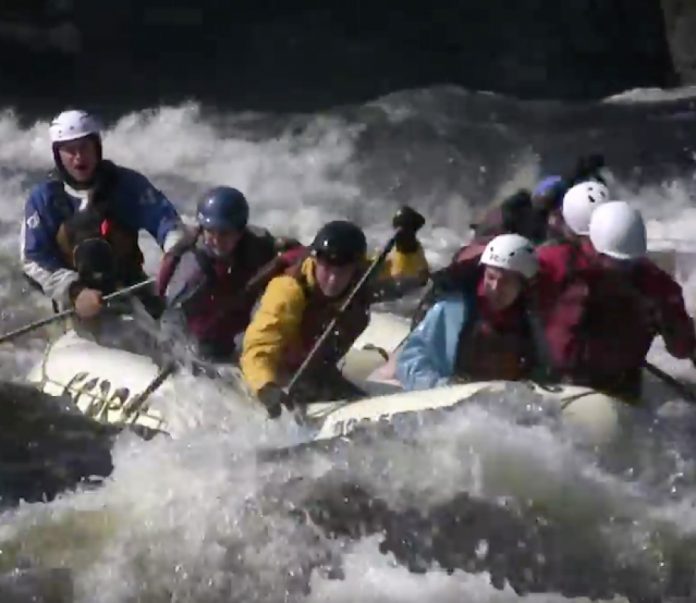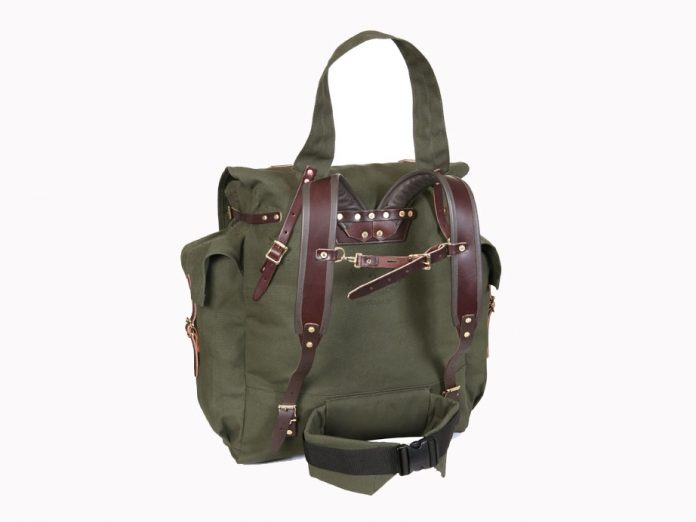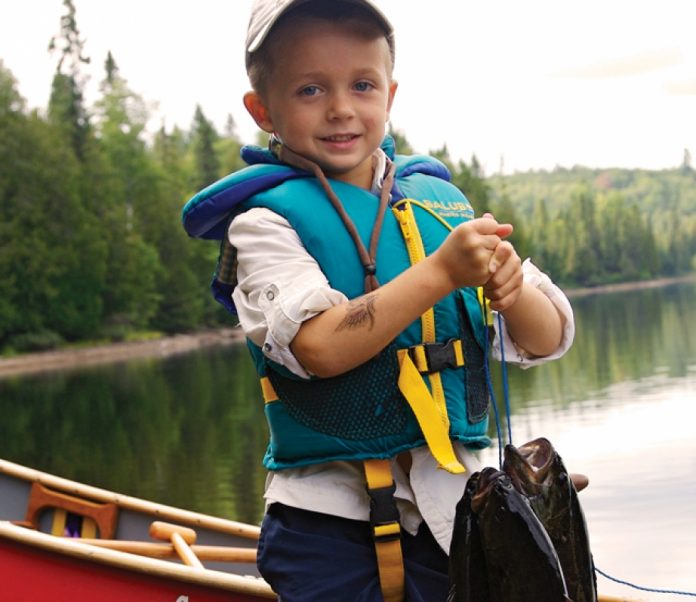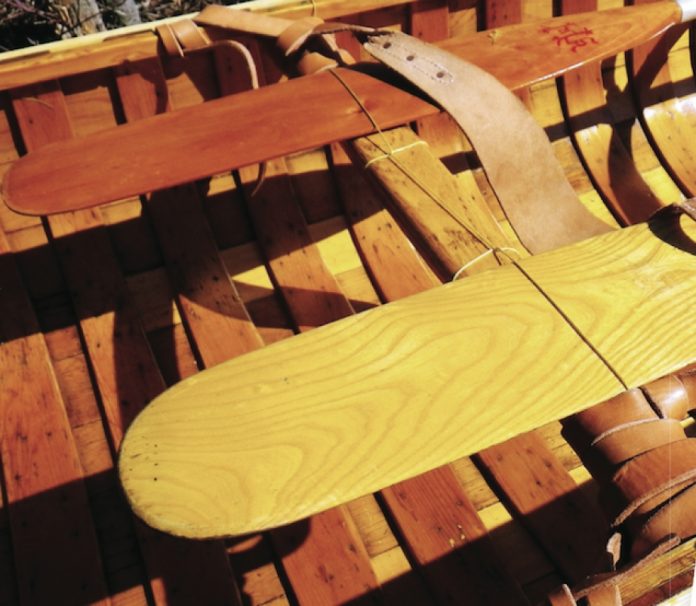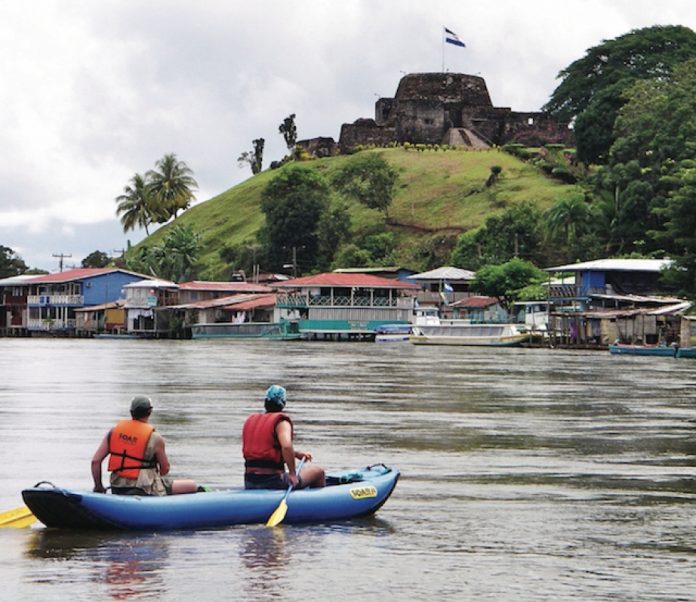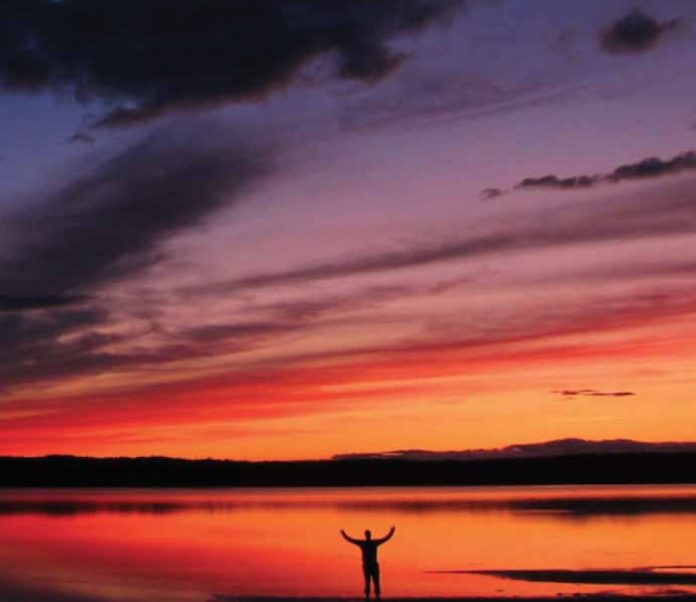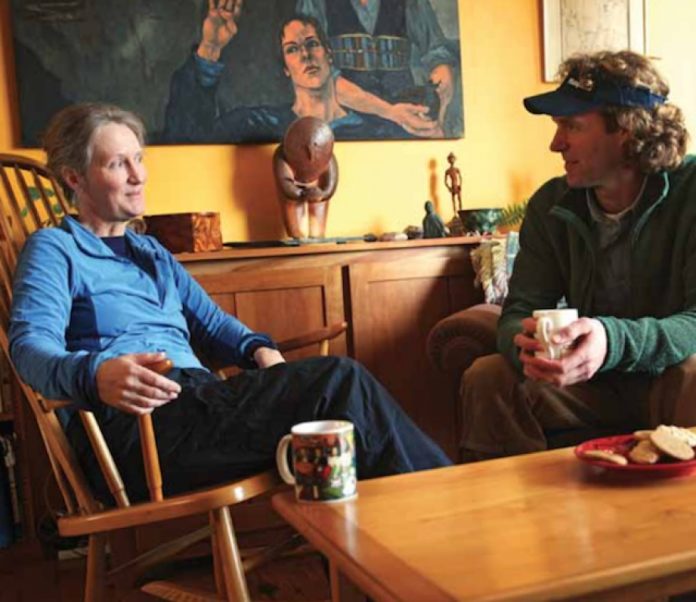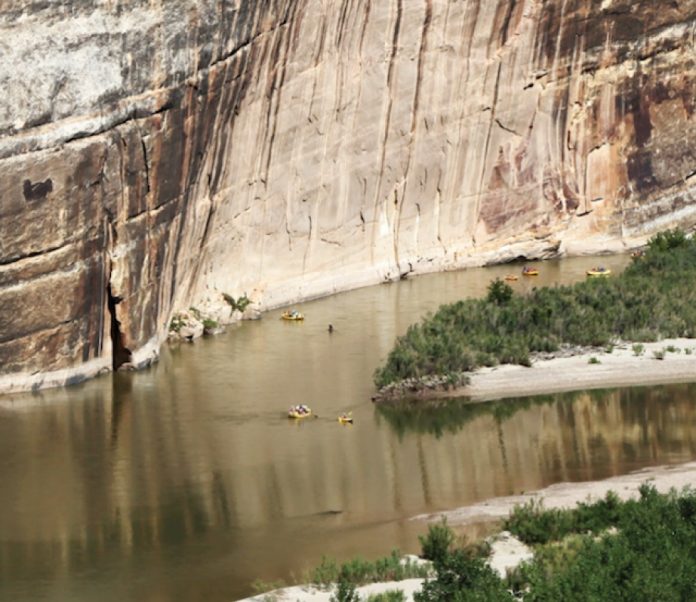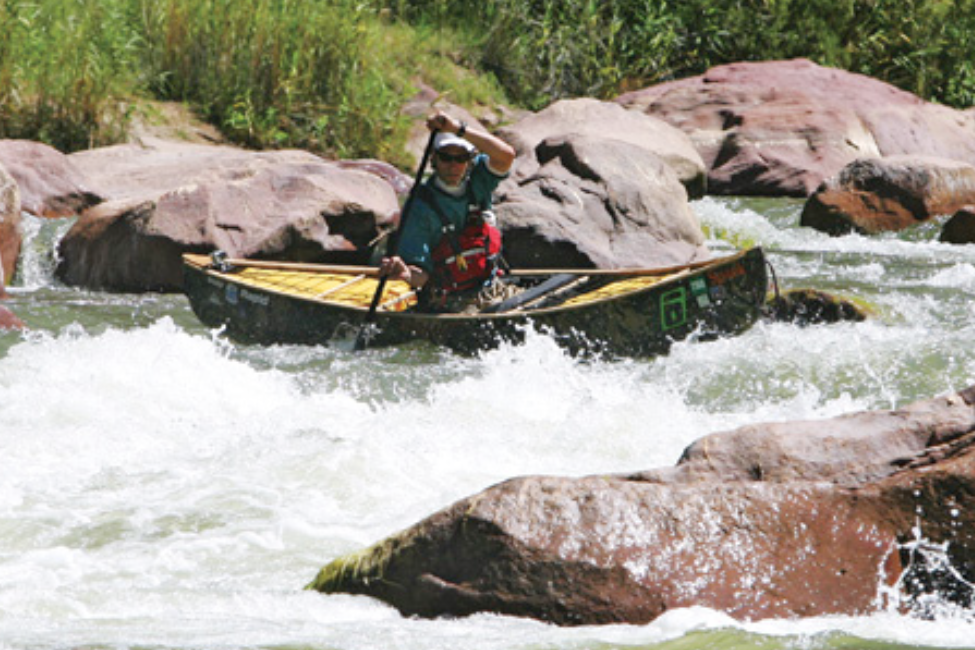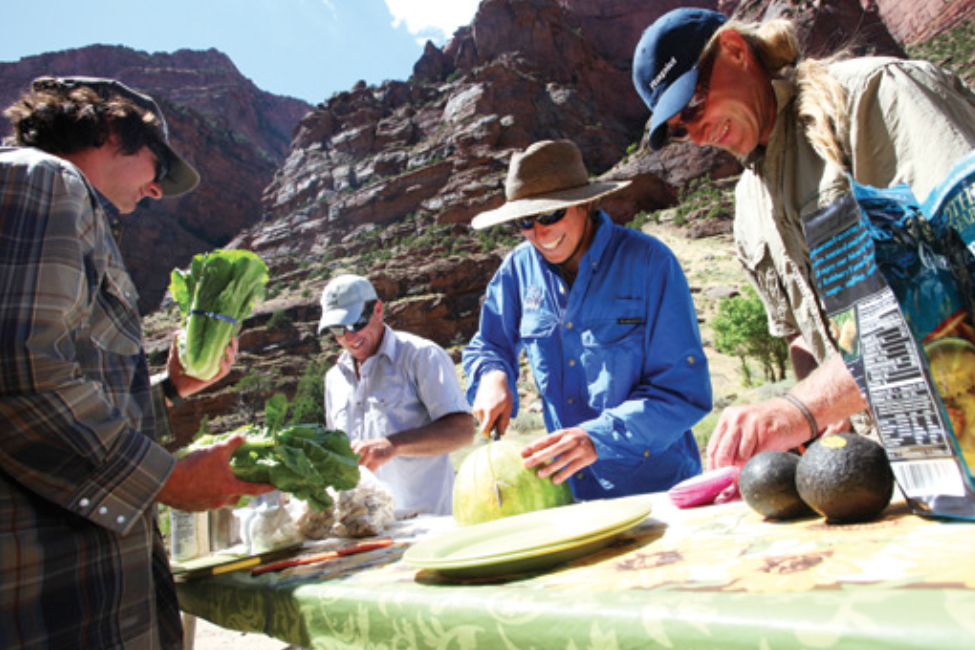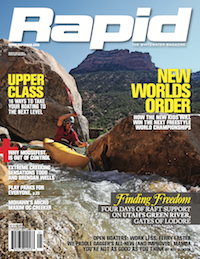We got to race and relax at the Hell or High Water Event on the Petawawa River. One of the fastest growing races in paddlesports the HOHW Event brings in hundreds or kayakers, rafters, canoeist and spectators from all over. Check out some of the action and find out how the event started and why it matters to so many people.
Video: Hell or High Water III
Duluth Packs Monarch Gear Review
A review of the Duluth Packs Monarch traditional portage pack from Canoeroots & Family Camping magazine.
Duluth Pack perfected the olive drab canvas canoe pack in the 1800s. Since then, the brand has become synonymous with traditional portage packs. After years of making custom modifications to their original packs, Duluth built the 95-liter Monarch—a full-featured pack that doesn’t abandon time-tested materials or compromise craftsmanship. Constructed of rugged 18-ounce canvas, it has padded leather shoulder straps and a removable waist belt, tump and sternum strap. The pack sits low to accommodate the carrying of a canoe. Adopt Duluth’s liner system to get the most out of the Monarch. Start by inserting a folded sleeping pad into the rear inner sleeve, providing extra cushioning. Then, pack the included 6-mil poly liner to protect items that need to stay dry. Finally, stuff the inner pockets with other loose items like saws, tent poles and rain gear. Outer side pockets provide quick access to smaller items.
A VIDEO REVIEW OF THE DULUTH MONARCH CANOE PACK FROM CANOEROOTS MAGAZINE
This article originally appeared in Canoeroots & Family Camping, Spring 2012. Download our freeiPad/iPhone/iPod Touch App or Android App or read it here.
Granite Gear Superior One Gear Reivew
A review of the Granite Gear Superior One portage pack from Canoeroots & Family Camping magazine
The Superior One uses a harness reminiscent of a high-quality hiking backpack mounted onto a bag that’s sized for a canoe—a rare blend in portage packs. Its padded back panel forms for comfort and distributes weight evenly with help from wide, contoured shoulder straps and a cushy, interchangeable waist belt. Choose from two sizes to customize torso fit. Top load the colossal 121-liter capacity using dry bags for optimal protection—the Superior One is water-resistant, not proof. The Cordura and ballistic nylons used in the pack’s body bottom do, however, stand up to being dragged, snagged, tossed and sat on better than dryer, vinyl alternatives. The pack’s side pockets and lash points, features absent on lower-end models, make carrying loose items easy.
www.granitegear.com | $220
A VIDEO REVIEW OF THE GRANITE GEAR SUPERIOR ONE CANOE PACK FROM CANOEROOTS MAGAZINE
This article originally appeared in Canoeroots & Family Camping, Spring 2012. Download our freeiPad/iPhone/iPod Touch App or Android App or read it here.
The Perfect Tump
Seventeen feet of old-school canvas and cedar makes you think differently about portages. I’ve carried relatively lightweight kevlar and Royalex canoes for hundreds of kilometers, but my big green prospector is different. It weighs an honest 82 pounds bone-dry and considerably more after a few days of travel.
Luckily, the legion of trippers who’ve lugged such waterlogged beasts in Temagami and the North Woods of Maine have come up with a clever way to bear the weight—one that’s equally effective on lighter contemporary canoes.
Maybe you’ve discovered the advantages of the tumpline on your favorite portage pack—the way it transfers weight from shoulders to spine and enables you to move massive loads. Rigged on the center thwart or carrying yoke of a canoe, the tumpline has similar advantages: a properly adjusted tump positioned just above your forehead actually lifts the canoe off of your shoulders and eliminates the pressure points of portaging. When your head and neck become fatigued, slipping out of the tump moves the weight back onto your shoulders, providing some respite on long carries.
Traditional outfitters sell leather tumplines that are designed for carrying canoes.
Look for one with a two-inch-wide head strap measuring about 15 inches long that’s securely riveted to five- to seven- foot tails. It’s also possible to build your own with leather, canvas or nylon webbing.
On canoes with carrying yokes, wrap the tails of the tumpline on either side of the contoured portion of the yoke and secure them with a simple hitch near the gunwales. The tumpline will only work if it fits tight; for me, this means fastening it to the yoke as close to the headpiece as possible.
It’s easy to use your paddles to create a carrying yoke on canoes equipped with straight center thwarts. Tie a thin cord permanently to the thwart with spaces for the paddle blades and enough room for your head in between. The blades should be aligned with your shoulders. Loosely secure the grip ends of the paddles on a seat or thwart. Then attach the tumpline, wrapping the tails so that the paddles can slide in and out of position without the need to remove the tump.
Once you’ve lifted the canoe (unfortunately a tumpline won’t help you there), slip the tump over the crown of your head and feel the weight of the canoe levitate from your shoulders. It helps to hold the tump near your jaw with one hand; use your other hand to keep the canoe resting level.
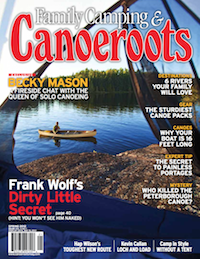
This article first appeared in the Spring 2012 issue of Canoeroots Magazine.



